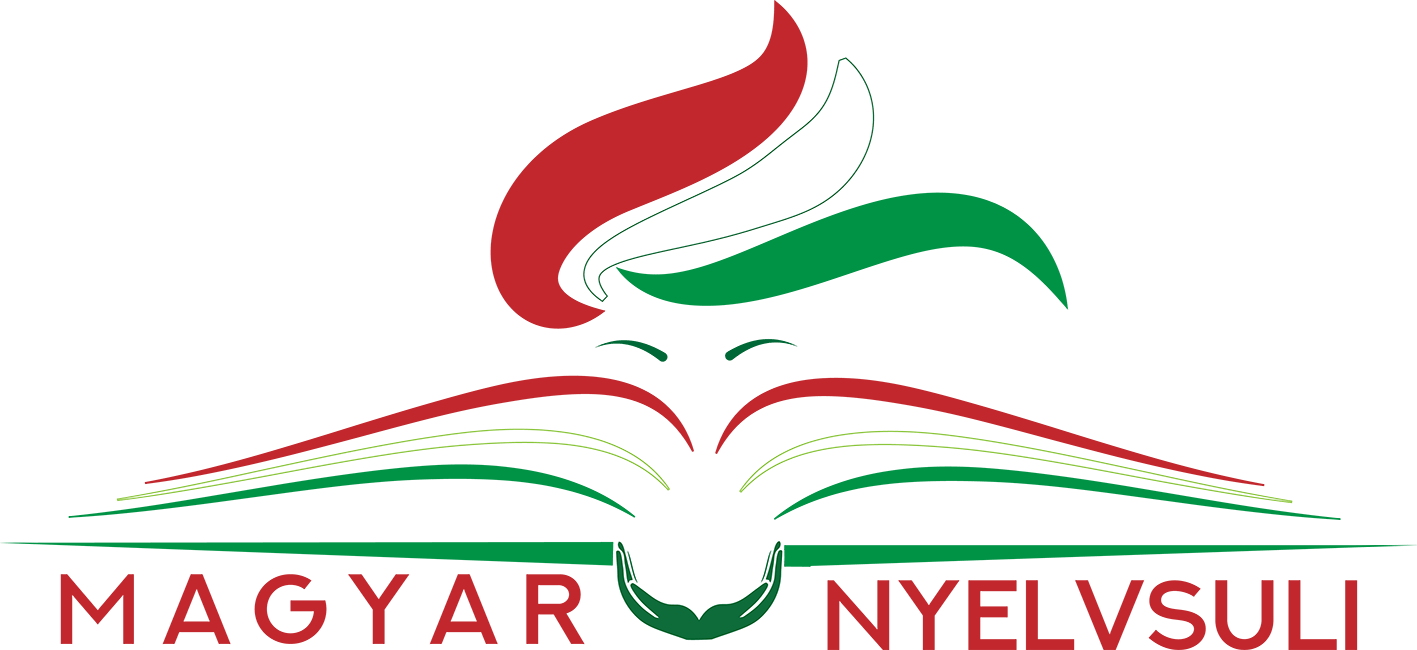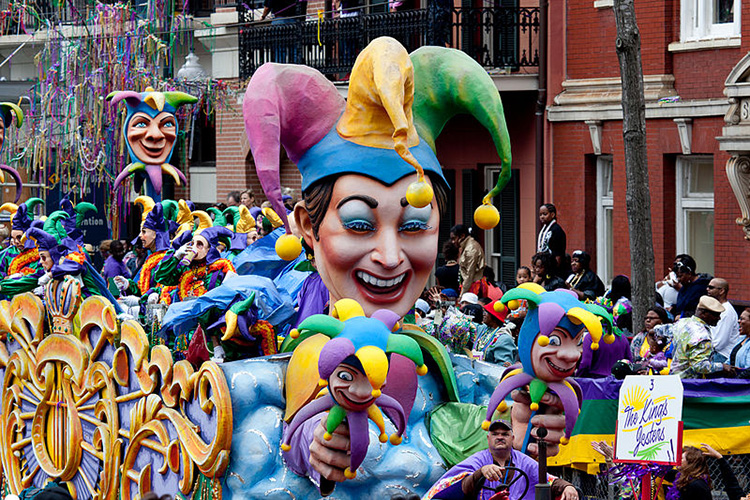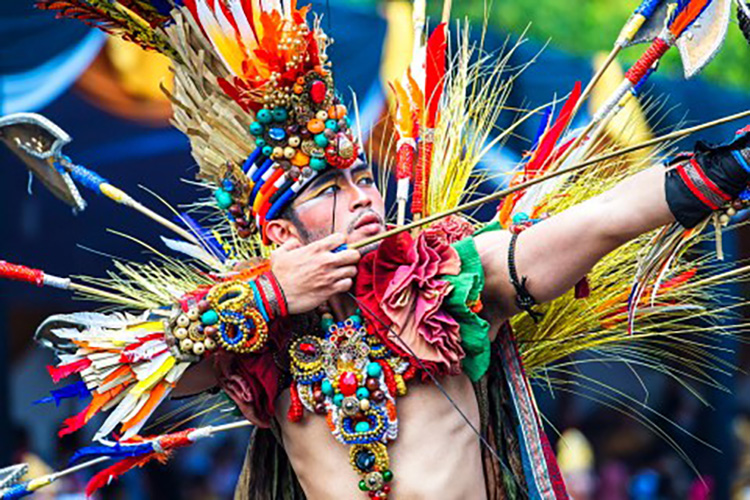Carnivals around the world
Carnival is a rather popular form of entertainment in numerous countries all around the world. Crowds of people get together for celebrating with masks and costumes, music and dance. In the catholic world the main festival season is February or early March. In these events people can set aside their everyday personalities and instead of the differences they can experience social unity. Its history began in the Middle Ages and remained popular up to the current days in America,
You may hear a lot about the Brazilian and Italian events often as they are popular in the media , in this article, let’s have a look briefly on a few other countries that are perhaps less-known in this regard.
United States
Mardi Gras is held in many states. The customs are originated from France. The main events are street parades and masked balls. The most popular festival is held in New Orleans which is often called „the greatest free party on earth.”
New York city is also a home to big celebrations. The traditions come from Trinidad where the greatest Caribbean carnivals are organized. The time of the celebration is Labor Day weekend. The parade usually has about 1 million addentands every year.
Peru
The town of Cajamarca is the main scene of the celebrations, where people dance around a tree called unsha or yunsa that is decorated with ribbons, balloons, toys, fruits.
During the fun, the governor of the feast walks into the circle and cuts down the unsha with a machete. Then the crowd grabs the prizes from the tree.
Cape Verde Islands
The carnival was brought here by Portugese settlers and also has Brazilian roots. The two main scenes of the celebration are Mindelo, Sao Vicente and Sao Nicolau where the traditions are more significant. They built painted floats and the festival goes on for three days. If you are curious to see more, watch the award-winning documentary titled Tchindas.
Seychelles
The celebration on the Seychelles also takes place for three days and the first one was held in 2011. On Day 1 the grand opening is held. The next day is day of the parade, while on Day 3 is for the closing ceremony and announcement of the lottery winner.
Greece
The Greek carnival celebration is called Apokrés (saying goodbye to meat”) Participants have abundant dinner and on the following week they mustn’t eat meat, only dairy products. Clean Monday is the beginning of Lent after Cheese Sunday.
Patras Carnival is the largest one in Greece when concerts, treasure hunts and other programs for kids are organized. At the end of the celebration the effigy of the King Carnival is buried at the Patras harbour.
In other towns the celebrations are smaller, held in January hoping the rebirth of the nature.
Hungary
Busójárás is held in Mohács at the end of the carnival season when locals dress in woolly costums and scary masks. They use noise-makers and perform burial ritual to oust the winter. The parade also symbolises the defeat of the Ottomans.
India
The celebration which goes back to Roman Catholic roots intoroduced by the Portugese and is organized only in the state of Goa. The event lasts for three days with music bands and dance, Crepes is an important food in these days. Besides the Portugese customs, Brazilian traditions have also appeared and even samba dancers can be seen on the streets.
Indonesia
In Indonesia the word carnival is not related to pre-Lent season but rather to festivals in general. Solo in Central Java and Jember in East Java are home to the largest celebrations.
Pawai Paskah Kupang is an Easter festival of the Roman Catholic community.
Translation in Hungarian – Magyar fordítás
Karneválok a világ körül
A karnevál a szórakozásnak egy meglehetősen népszerű formája számos országban az egész világon. Emberek tömegei gyűlnek össze, hogy maszkokban és jelmezekkel, zenével és tánccal ünnepeljenek. A katolikus világban a fő fesztiváli időszak február vagy kora március. Ezeken az eseményeken az emberek félretehetik a mindennapi személyiségüket és a különbségek helyett megtapasztalhatják a társadalmi egységet. Története a középkorban kezdődött és a mai napig népszerű maradt Amerikában, Afrikában, Európában és Ázsiában.
Talán gyakran hallasz a brazil és olasz eseményekről, mivel népszerűek a médiában, ebben a cikkben nézzünk meg röviden néhány másik országot, amelyek esetleg kevésbé ismertek ebben a tekintetben.
Egyesült Államok
A Mardi Grast sok államban megtartják. A szokások Franciaországból erednek. A fő események utcai parádék és álarcosbálok. A legnépszerűbb fesztivált New Orleans-ban tartják, amit gyakran neveznek a Föld legnagyszerűbb ingyenes bulijának.
New York City szintén nagy ünnepségeknek ad otthont. A hagyományok Trinidadból jönnek, ahol a legnagyszerűbb karibiai karneválokat rendezik. Az ünnepségek ideje a munka ünnepének hétvégéje. A parádénak általában nagyjából 1 millió látogatója van évente.
Peru
Az ünnepségek fő helyszíne Cajamarca városa, ahol az emberek az unsha vagy yunsa fa körül táncolnak, amely szalagokkal, léggömbökkel, játékokkal és gyümölcsökkel van feldíszítve.
A móka közbenaz ünnepi kormányzó a kör besétál a körbe és egy machetével kivágja az unshát. Ezután a résztvevők magukhoz ragadják a díjakat a fáról.
Cape Verde szigetek
A karnevált portugál letelepedők hozták el ide és brazil gyökerei is vannak. Az ünnepségek két fő helyszine Mindelo, Sao Vicente és Sao Nicolau, ahol a hagyományok jelentékenyebbek. Festett tutajokat építenek és a fesztivál három napig zajlik. Ha kiváncsi vagy a részletekre, nézd meg a Tchindas című díjnyertes dokumentumfilmet!
Seychelles szigetek
A seychelles szigeteki ünnepség szintén három napon át tart és először 2011-ben tartották meg. Az első napon a nagy nyitóünnepséget tartják. A következő a parádé napja, a harmadik nap pedig a záróünnepségé és a lottónyertes kihirdetéséé.
Görögország
A görög karneváli ünnepség neve Apokrés. (búcsúzás a hústól) A résztvevők bőségesen kiadós vacsorát esznek és a következő héten nem szabad húst enniük, csak tejtermékeket. A Tiszta Hétfő a böjt kezdete Sajt Vasárnap után.
A patrasi karnevál a legnagyobb Görögországban, amikor koncerteket, kincsvadászatokat és egyéb gyerekeknek szóló programokat rendeznek. Az ünnepség végén a Karnevál Király képmását eltemetik a patrasi kikötőben.
Más városokban az ünnepségek kisebbek, januárban tartják őket a természet újjászületését remélve.
Magyarország
A Búsójárást Mohácson tartják a karneváli időszak végén amikor a helyiek gyapjas kösztümökbe öltöznek ijesztő maszkokkal. Kereplőket használnak és rituális temetést rendeznek, hogy elűzzék a telet. A parádé az oszmánok vereségét is jelképezi.
India
Az ünnepséget amely romai katolikus gyökerekhez nyúlik vissza a portugálok vezették be és csupán Goa államban rendezik meg. Az esemény három napig tart zenei együttesekkel és tánccal. A crepes fontos étel ezekben a napokban. A portugál szokások mellett brazil tradíciók is megjelentek, ezért még szamba táncosokat is lehet látni az utcákon.
Indonézia
Indonéziában a karnevál szó nem a böjt előtti időszakhoz kapcsolódik, hanem inkább a fesztiválokhoz általában. Solo Közép-Jáván és Jember Kelet-Jáván ad otthont a legnagyobb ünnepségeknek.
A Pawai Paskah Kupang a római katolikus közösség húsvéti fesztiválja.










Leave a Reply
Want to join the discussion?Feel free to contribute!